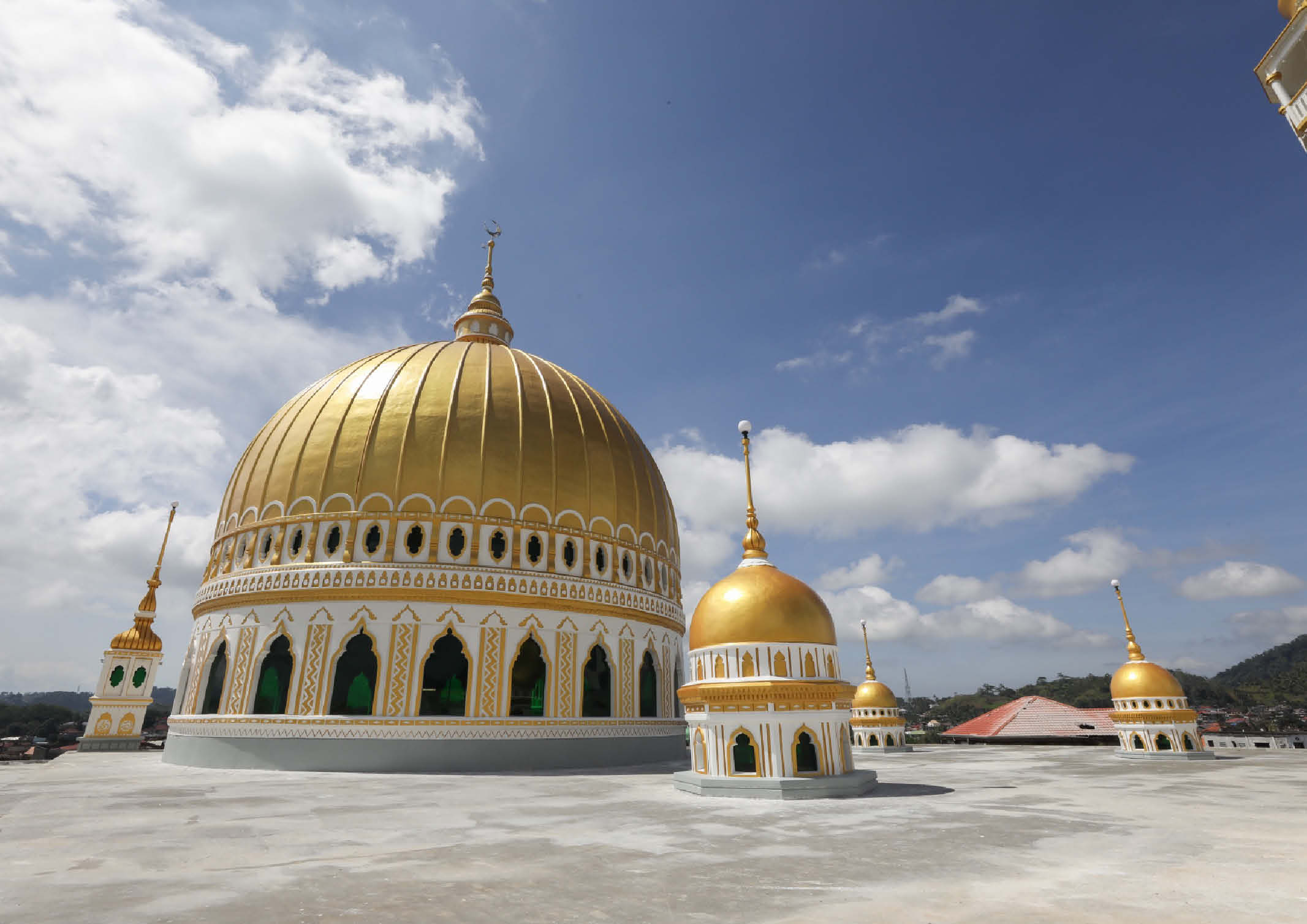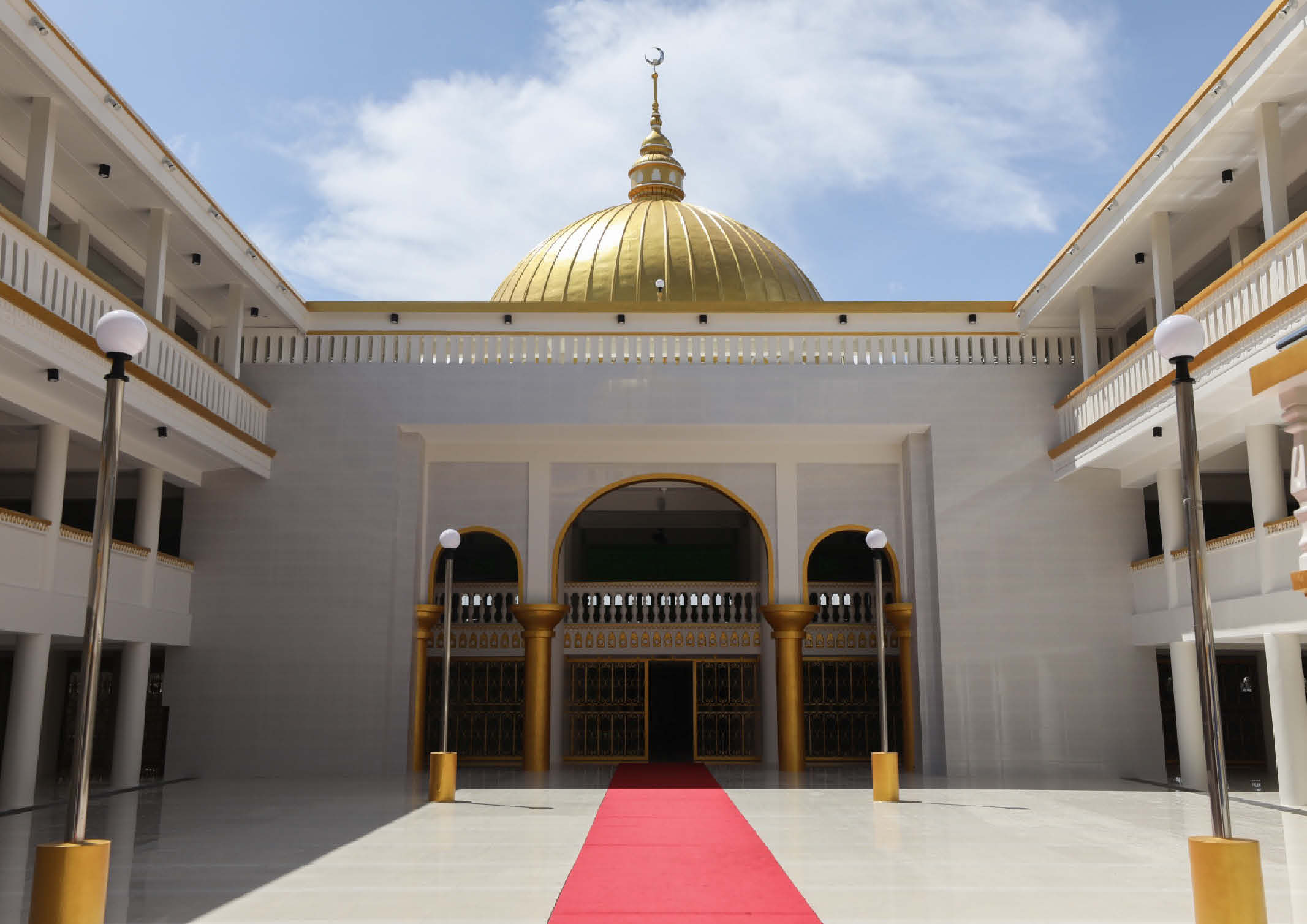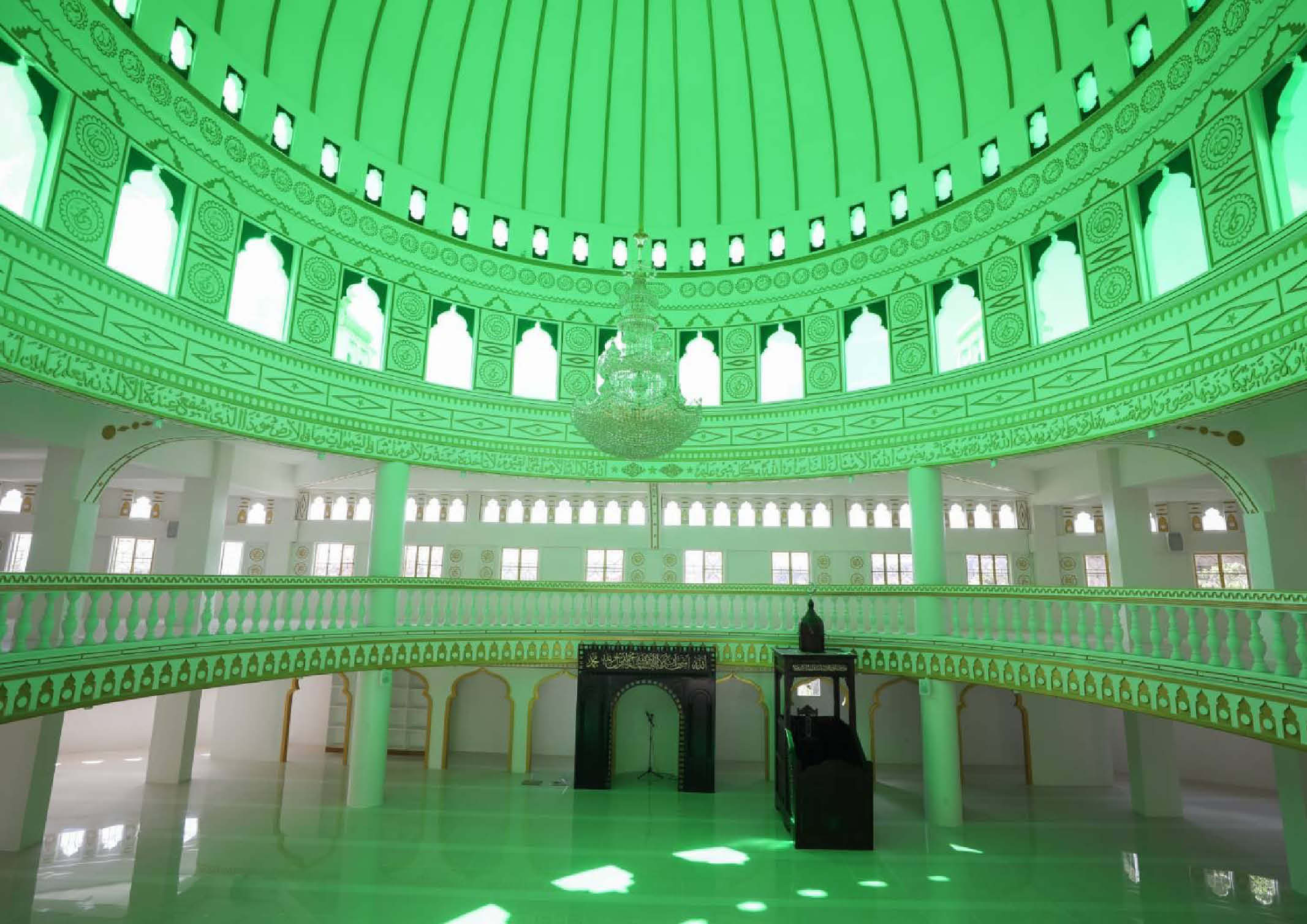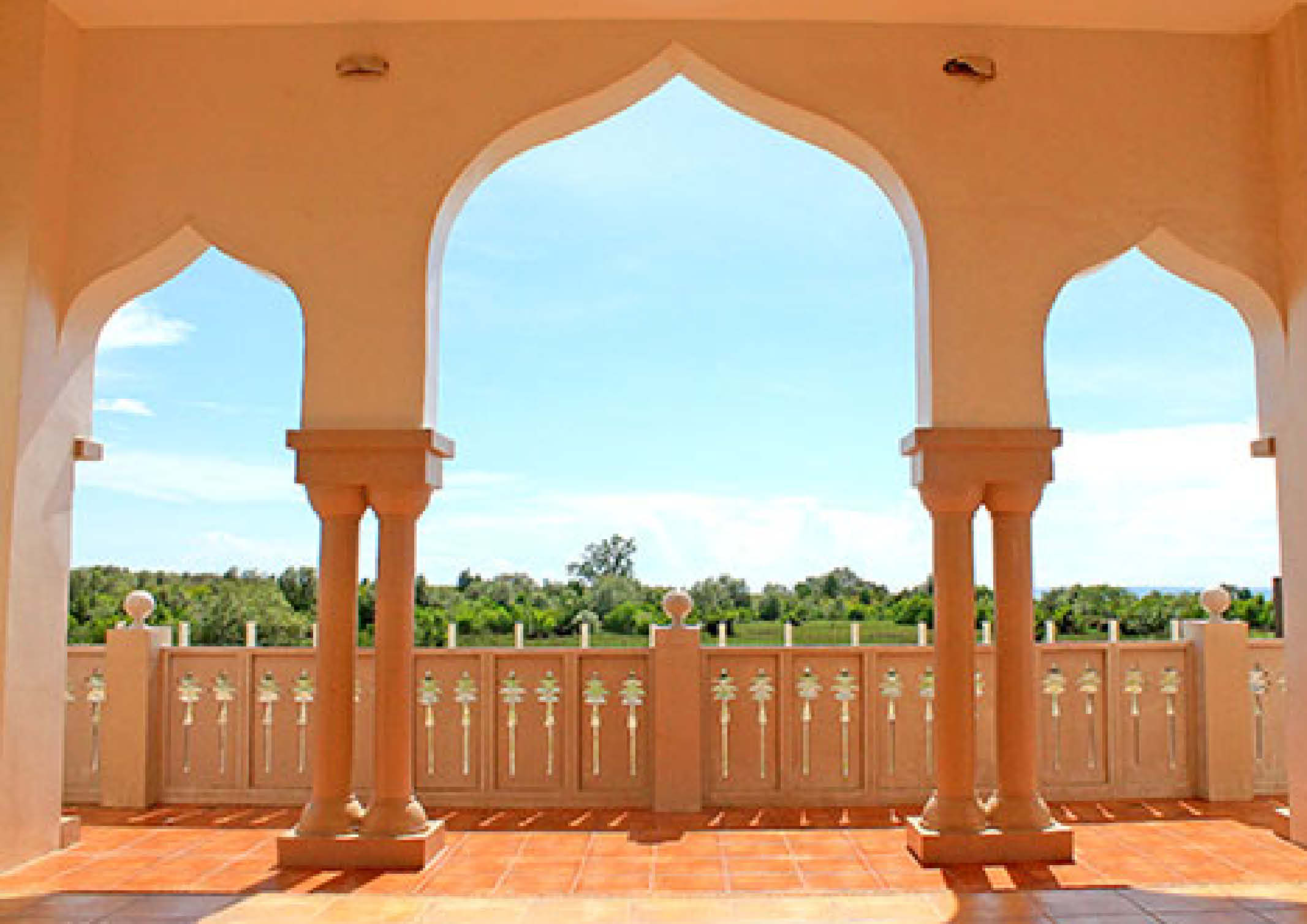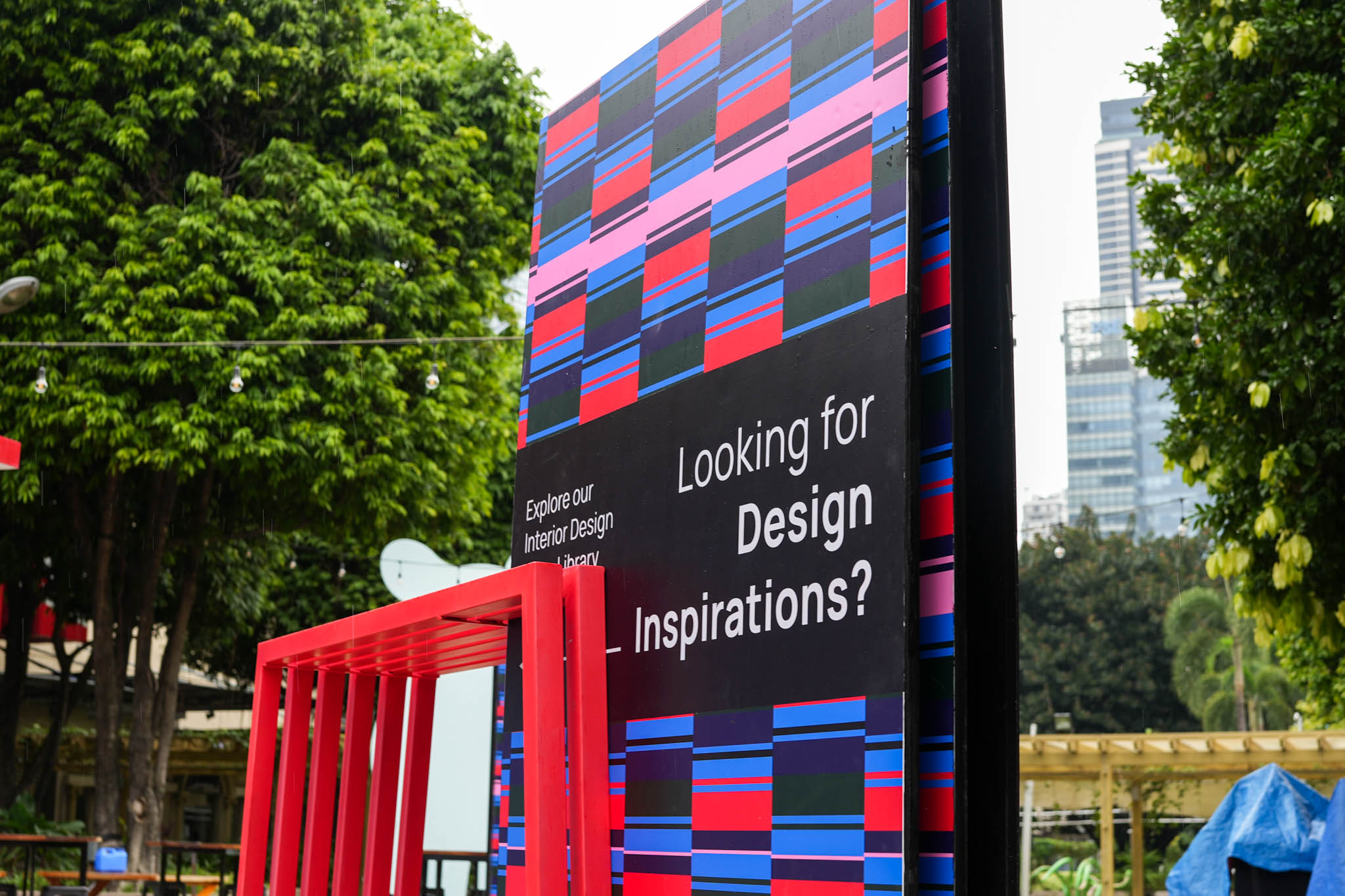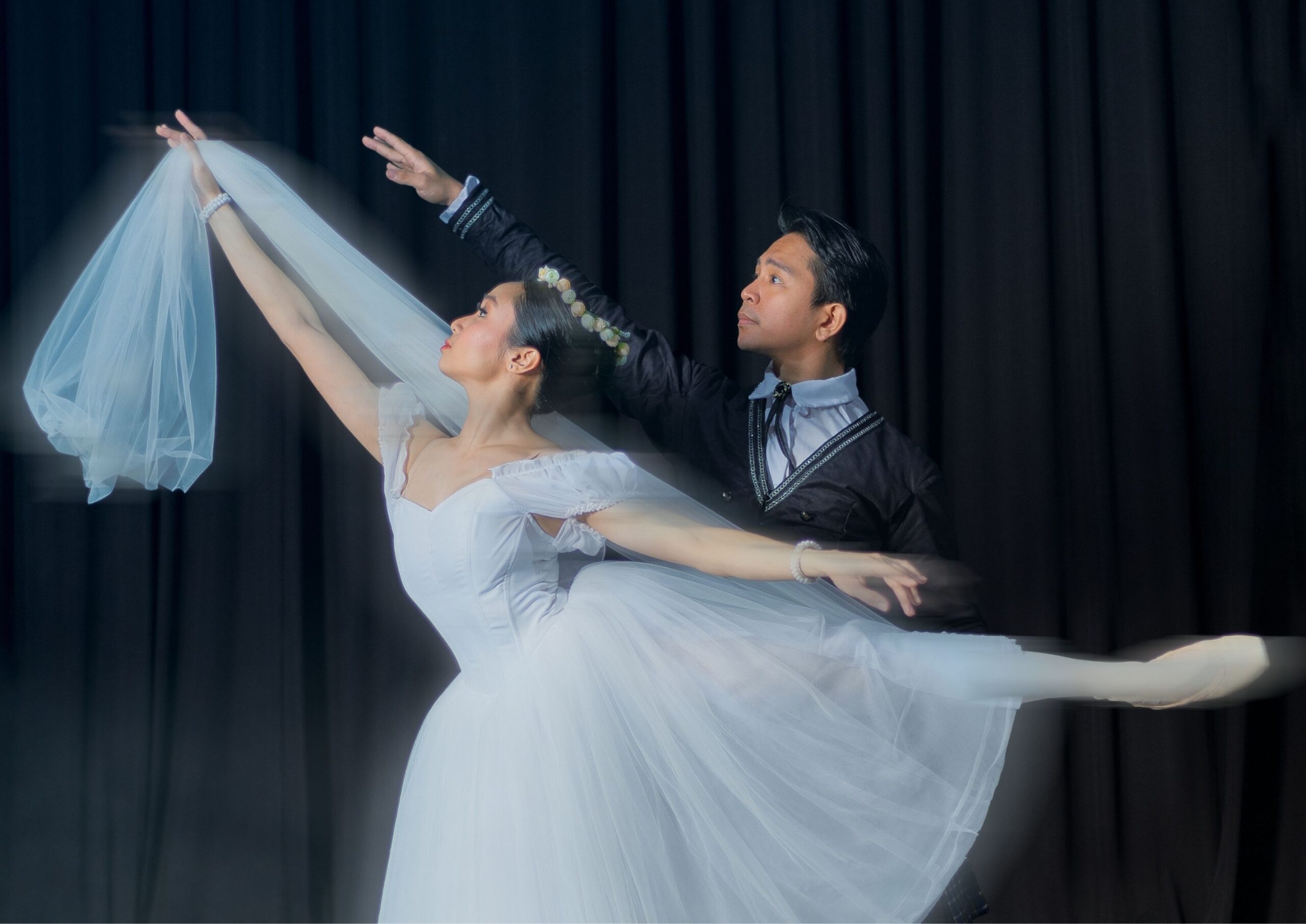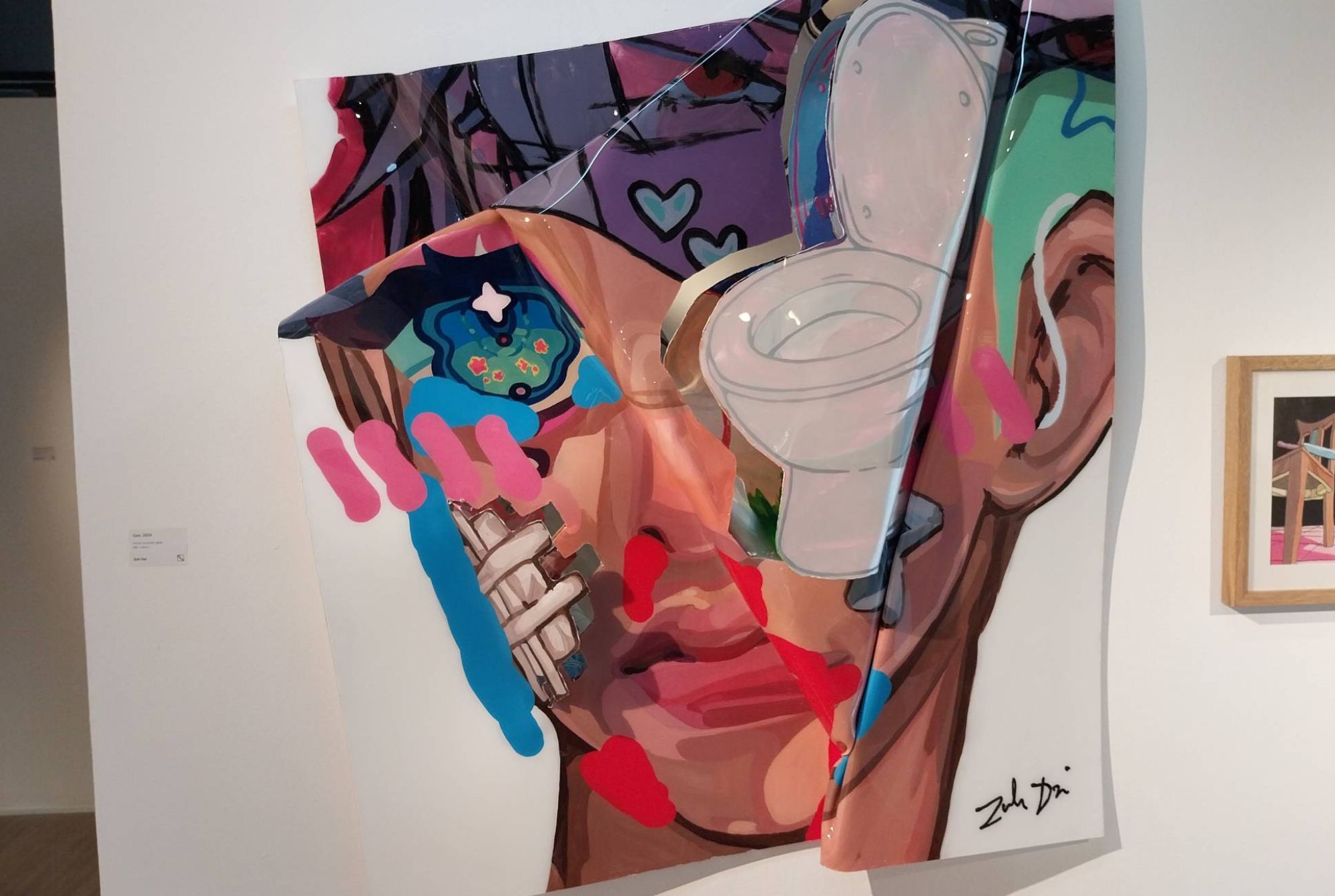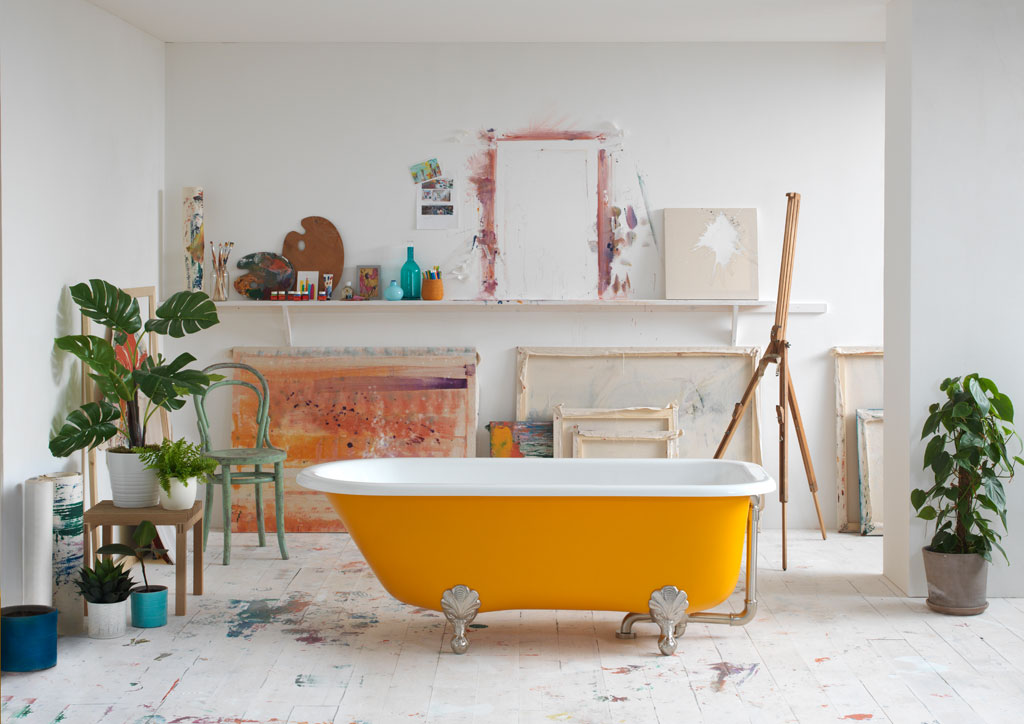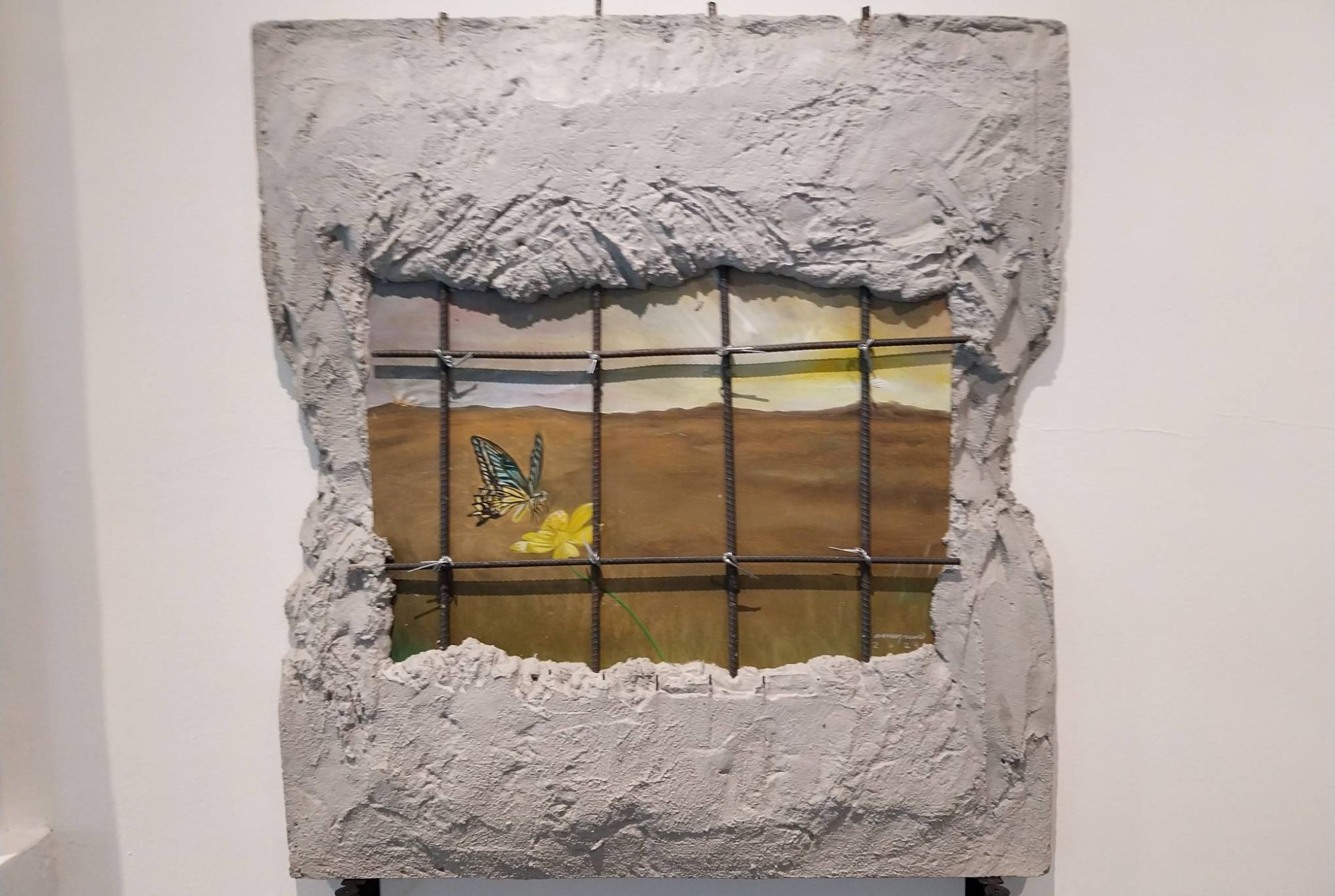The Manila Interior Design Summit (MIDS), held from July 18 to 20, placed the spotlight on design synergy. Organized by the Philippine Institute of Interior Designers (PIID), the three-day event became an inspiring gathering of interior design professionals, enthusiasts, and industry leaders from around the globe as it followed the theme, “A Festival of Collaboration.” […]
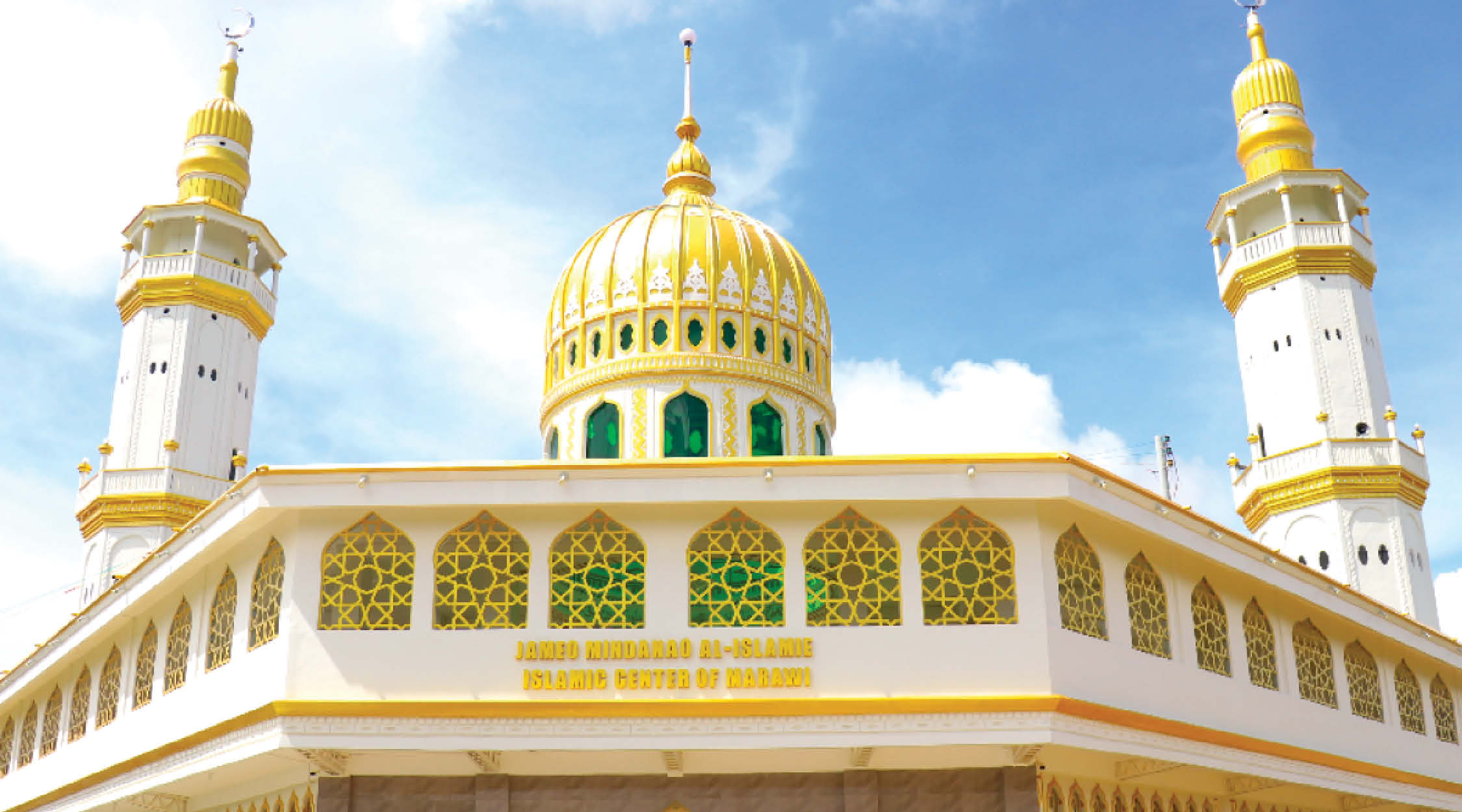
A Deeper Look at Islamic Architecture in Mindanao
In a predominantly Roman Catholic country, Mindanao has a distinct Islamic Culture evident by the architecture such as the mosques, and the strong Islam traditions.
Islamic civilization, shaped by a faith dating back thousands of years, gave rise to a unique architectural style. This style embodies the qualities of Muslim beliefs in a visible and tangible way. Its structure featuring striking details and a focus on experiences within enclosed spaces.
Not only do the buildings serve as places of worship and centers for community, but their designs reflect Muslim beliefs and morals, and reveal the rich history of Islam.
Cotabato Grand Mosque
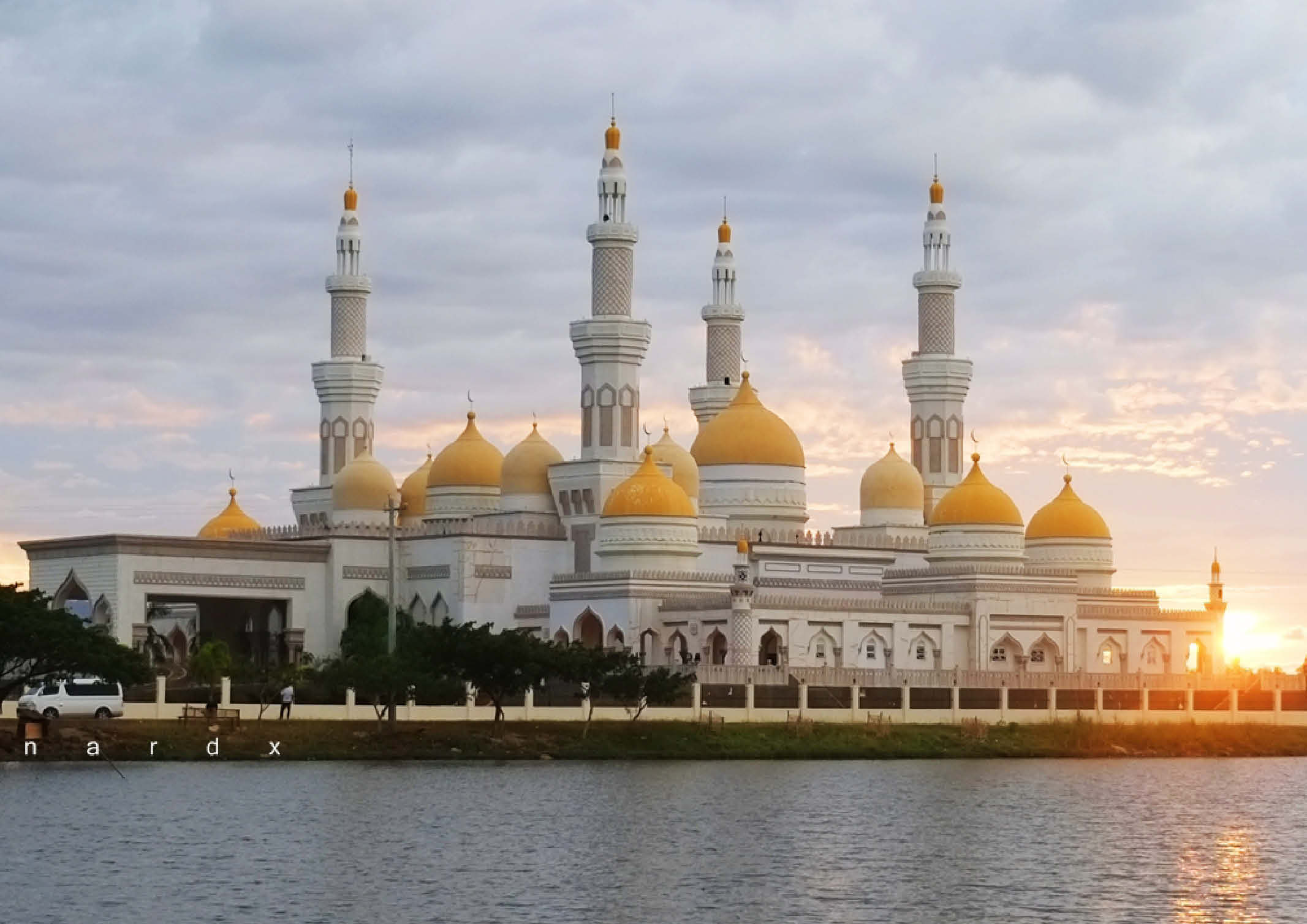
Also known as Sultan Haji Hassanal Bolkiah Masjid, it currently stands as the second largest mosque in the country and in Southeast Asia. Felino Palafox, Jr. designed the mosque in 2011. It was built on the coastal tip of Cotabato, right by the mouth of the Tamontaka River, surrounded by the quiet countryside.
The height of the mosque is equivalent to a 15-storey building. With Crescent moons adorning the domes painted in gold, four towering minarets stand 43 meters high (141 feet). On top of which are pilot’s lights to avoid aerial accidents at night.
Elevated from the ground, the Cotabato Grand Mosque radiates elegance, letting natural light in with two courtyards on either side. An arcaded path acts as a breezeway for wind circulation. This leads to a rotunda with a water fountain in the middle. Large arch openings puncture the massive walls, making the imposing structure feel lighter. The gold strikes a perfect balance to the white building base, making the mosque gleam, especially during sunsets.
Marawi Grand Mosque
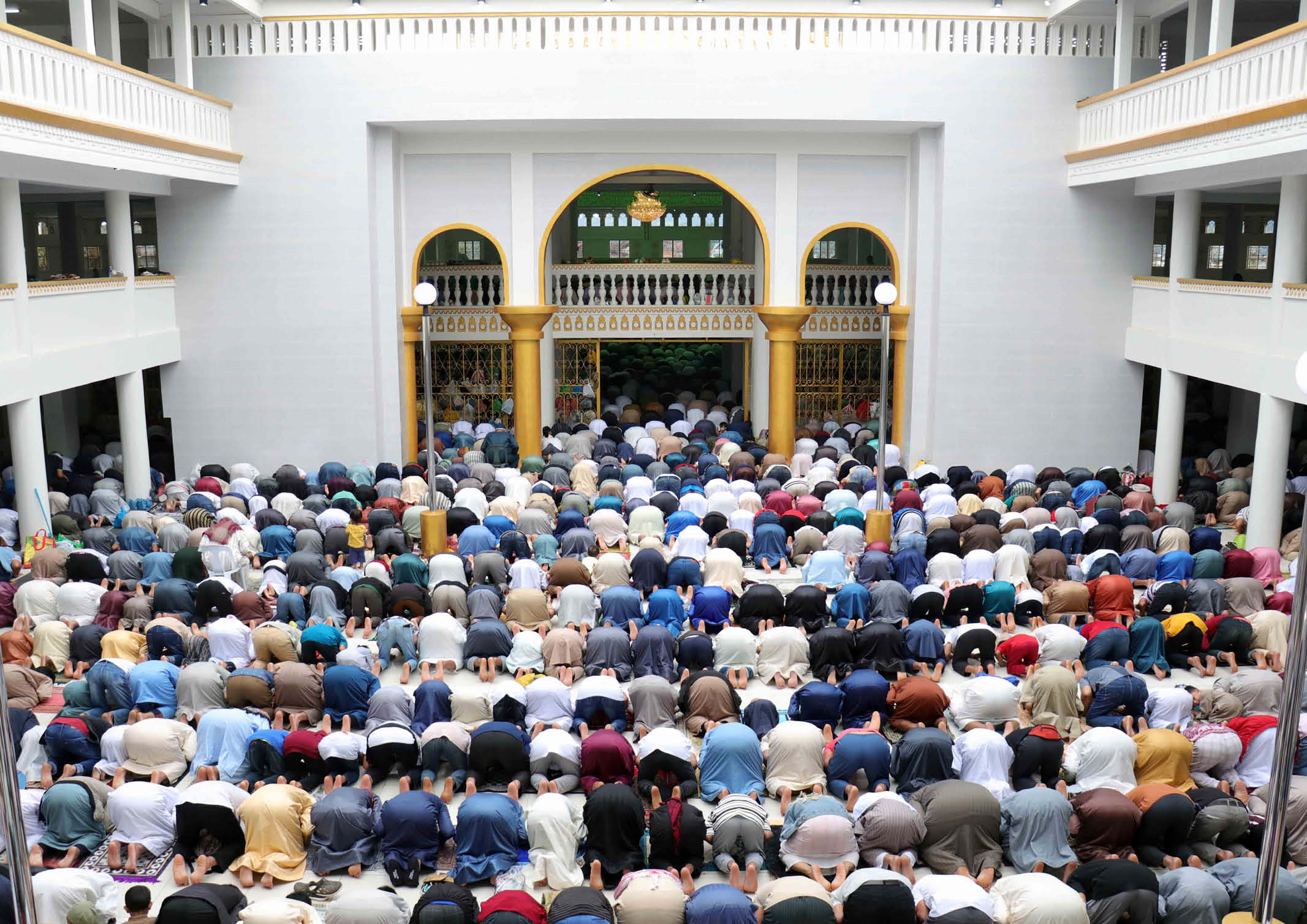
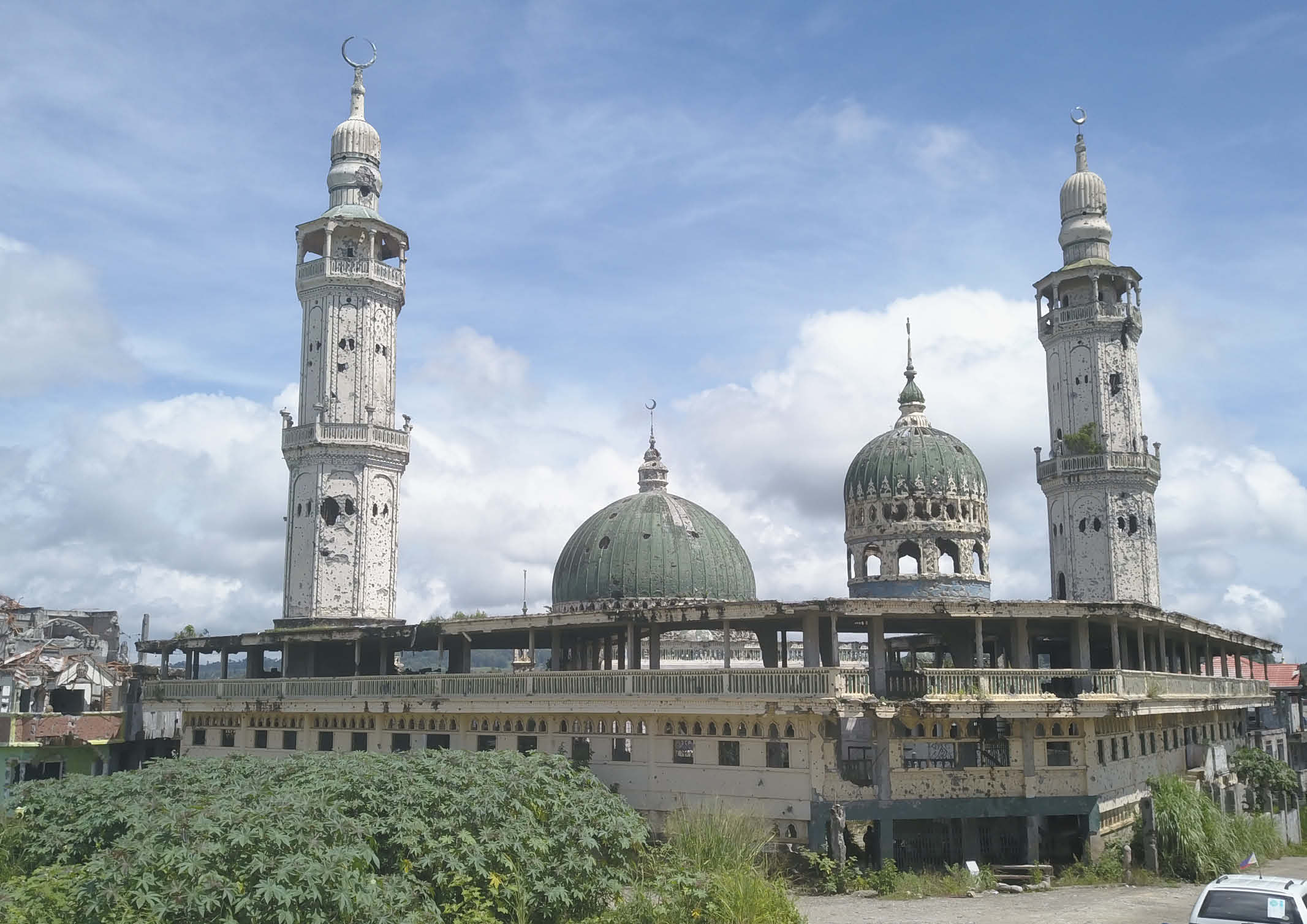
5 years after the fighting between the military forces and the Islamic State of Iraq and Syria (ISIS)-linked Maute group, the Muslim faithful in Marawi City had a chance for the first time since then to celebrate this year’s Eid al-Fitr at the city’s Grand Mosque.
The Jameo Mindanao Al-Islamie Islamic Center has always been a belowed place of worship among the Maranaos. The Pangarungan clan, who originally built the Grand Mosque of Marawi over half a century ago, rebuilt the mosque in the heart of the most affected area (MAA) or the Marawi Ground Zero.
Now, it stands as the country’s biggest place of Islamic worship. With a total area of 9,484 square meters, it consists of three floors with a basement and can accommodate 20,000 worshippers at any given time.
Islamic Architecture’s Spiritual Reflections
The mosque explores the combination of light and built form around a spiritual experience. Skilled artisans painted the domes in gold, adorning them with intricate motifs that frame the windows. The mosque’s elegant entrance features a rounded shape, with an open space lined by a row of pillars.
The mosque interiors display a symmetrical space adorned with Arabic symbols, pillars and windows. In the middle is a black, square minbar, bearing script as
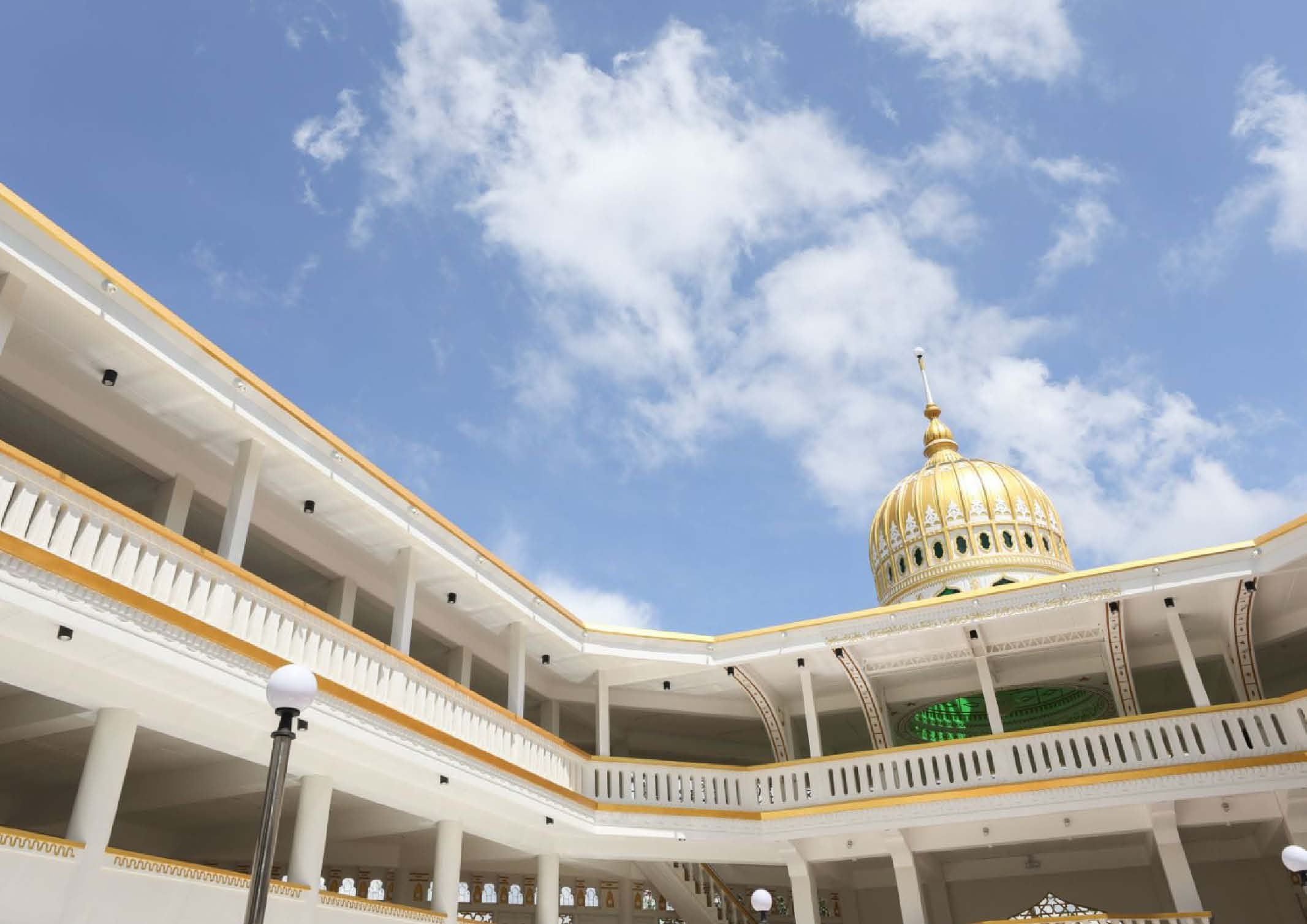
Inside, the mosque’s interiors showcase a symmetrical space adorned with golden motifs and Arabic symbols, pillars, and windows. In the middle stands a black, square minbar bearing script, while a chandelier hangs from the ceiling.
While these mosques stand as a shining symbol in their own cities, it also showcase the grandness of Islamic architecture – a place that epitomizes the traditions, practices, and historical identities of the Islamic Culture in Mindanao.
Photo credits to the Presidential Communications and Philippine Information Agency.
Read more: Filipino Textiles: Magical Weaves of the Mindanao and Sulu People
